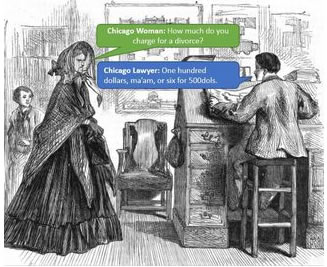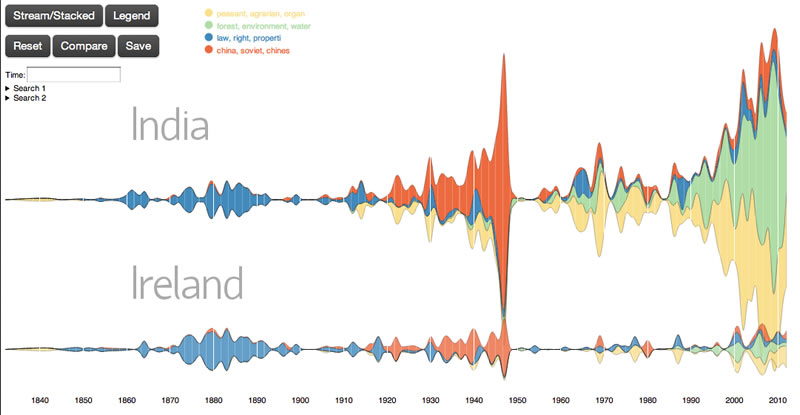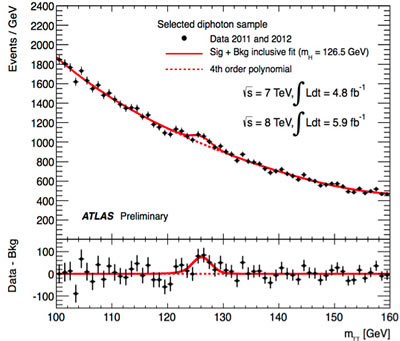Archives Hub feature for November 2014
Funded by a grant from the John Rylands Research Institute, we have recently catalogued the papers of celebrated Victorian educationist Sir James Phillips Kay-Shuttleworth (1804-1877), opening up the rich content of this archive to researchers across the world.
Kay-Shuttleworth was born James Kay in Rochdale, Lancashire, into a textile manufacturing family. After qualifying as a doctor, he went on to have a distinguished career. He was a pioneer of public health, an influential civil servant, and played a key part in nineteenth-century educational reform, laying the groundwork for today’s system of national school education.
Kay-Shuttleworth’s career
After training at Edinburgh University, James Kay returned to practise as a doctor in Manchester in 1827. The following year, he co-founded the Ardwick and Ancoats Dispensary, a charity based in one of the poorest areas of the city. Through this work, he witnessed the appalling living conditions of the urban poor, and became increasingly involved in public health initiatives.
In 1832, the year of the cholera epidemic, he published his seminal pamphlet, The Moral and Physical Condition of the Working Classes Employed in the Cotton Manufacture in Manchester. This predated by some 13 years Friedrich Engels’ better-known The Condition of the Working Class in England.
In 1835, he became an Assistant Poor Law Commissioner for Norfolk and Suffolk, a role which gave rise to his lifelong interest in education and his conviction that it held the key to society’s regeneration.

In 1839, he was appointed as Assistant Secretary to the Whig government’s Committee of the Privy Council on Education, which administered grants for public education, a post he held for nine years. He was a highly effective civil servant and much of what we take for granted today had its origins in his inspired reforms. In 1840, he established Battersea College, the first teacher training college in Britain. He created a school inspection system; he argued for state education; and he forced through regulations around how children were taught, the design of school buildings, the structure of the teaching profession and the ways in which schools were governed.
There are over 1,000 letters in Kay-Shuttleworth’s archive, reflecting his whole professional career. Correspondents include those involved in education and philanthropy like Matthew Arnold and Angela Burdett-Coutts, as well as many Liberal or Whig politicians, including Gladstone, W.E. Forster, Lord John Russell and John Bright. Most of his key publications are also represented.
Family ties
The archival material relating to Kay-Shuttleworth’s public life is complemented by extensive personal and family correspondence, providing a fascinating insight into family relationships, social and gender roles.
In 1842, he married Lady Janet Shuttleworth, the heiress of Gawthorpe Hall in Lancashire, and adopted her surname on marriage, becoming Kay-Shuttleworth. The couple had five children.
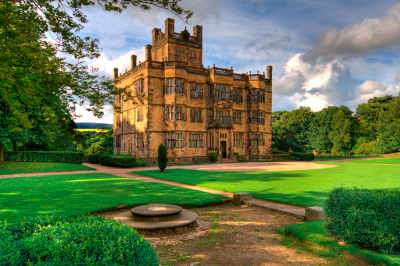
The letters between Kay-Shuttleworth and his son Ughtred James (1844-1939) show the closeness of their relationship. Ughtred inherited Gawthorpe Hall, and estate management is discussed in some detail, as is Ughtred’s early political career; he went on to become a successful Liberal MP.
Other relationships were less straightforward. Correspondence in the archive documents the young James Kay’s unsuccessful courtship of Helen Kennedy, daughter of a wealthy Manchester family. Later, he grew apart from his wife, Janet; in 1851 she moved permanently to the Continent, ultimately settling in Italy with her eldest child Janet, two youngest sons, and the family governess Rosa Poplawska.
Two of the Kay-Shuttleworth sons – Robert (known as Robin) and Stewart – caused ongoing anxiety to their father. Neither lived up to his expectations, either getting into debt or associating with people of whom their parents disapproved. Ultimately Kay-Shuttleworth arranged for Robin to travel to Australia and take up sheep-farming (although he proved a continued source of worry to his parents), and Stewart emigrated to Sri Lanka (then Ceylon) to run a plantation.
Literary circles
Kay-Shuttleworth’s literary aspirations are less well-known than his public career. Always passionate about literature, after his retirement he published two historical novels set in his home county of Lancashire, Scarsdale (1860) and Ribblesdale (1870). Correspondence and reviews relating to these two novels are included in his archive, as is the manuscript of a third novel, Cromwell in the North, which remained unpublished at his death, and his unpublished autobiography.

His own literary endeavours failed to attract much critical acclaim, and his greatest contribution to literature was probably his role in bringing together Charlotte Brontë and Elizabeth Gaskell. The two writers first met in August 1850, during a visit to the summer home of the Kay-Shuttleworths in the Lake District. Gaskell was already fascinated by what she knew of Brontë and her isolated life in Haworth, which was so different from Gaskell’s own bustling home in Manchester. Despite their many differences, the women immediately struck up a friendship which lasted until Brontë’s premature death in 1855. Gaskell went on to write the celebrated biography of her friend.
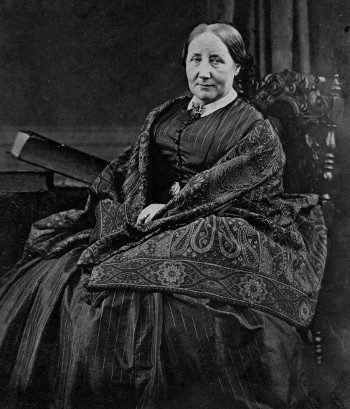
Having been refused access to the manuscript of Brontë’s unpublished novel, The Professor, by her widower, the Rev. Arthur Nicholls, Gaskell recruited Kay Shuttleworth’s assistance. They visited the parsonage at Haworth together in July 1856. The forceful personality of Sir James overcame the misgivings of Nicholls. He and Gaskell came away not only with The Professor manuscript, but also the fragment of a novel called Emma which Brontë had been working on before her marriage, and the now-famous miniature ‘Gondal’ and ‘Angria’ manuscripts created by Brontë and her siblings.
Fran Baker (Archivist) and Jane Speller (Project Archivist), The University of Manchester Library
Find out more and explore the collection:
Papers of Sir James Phillips Kay-Shuttleworth – http://archiveshub.ac.uk/data/gb133-jks

